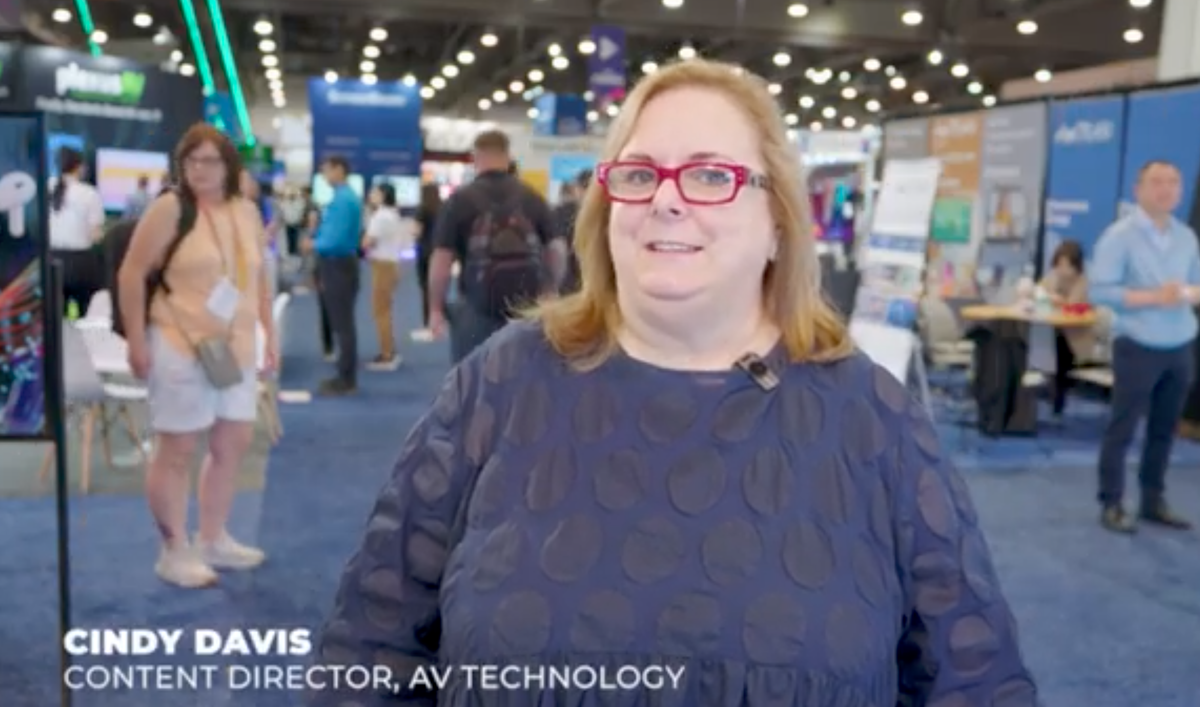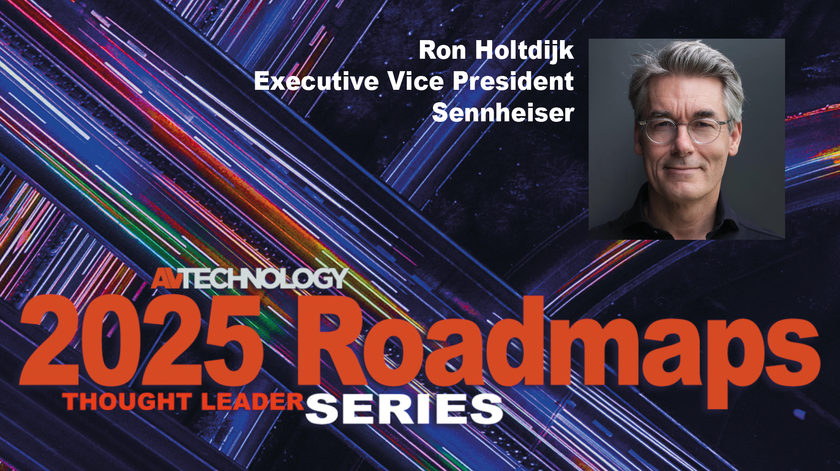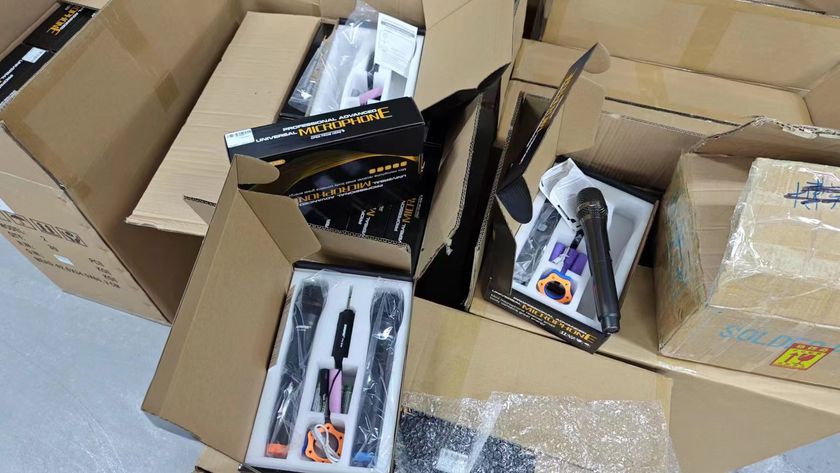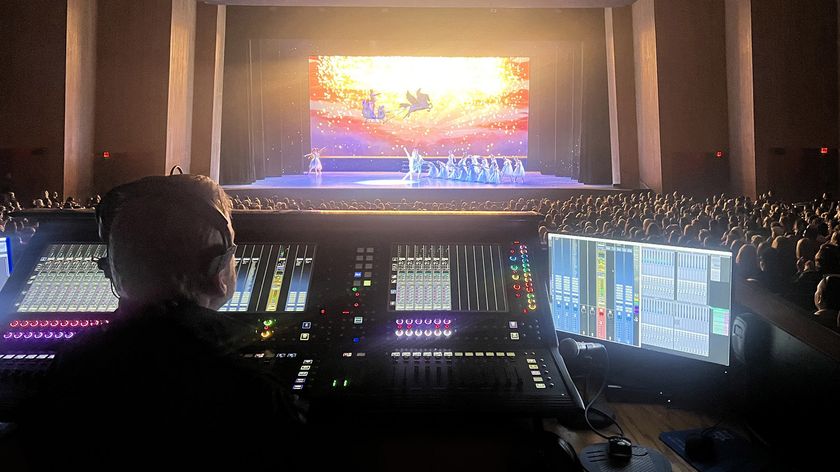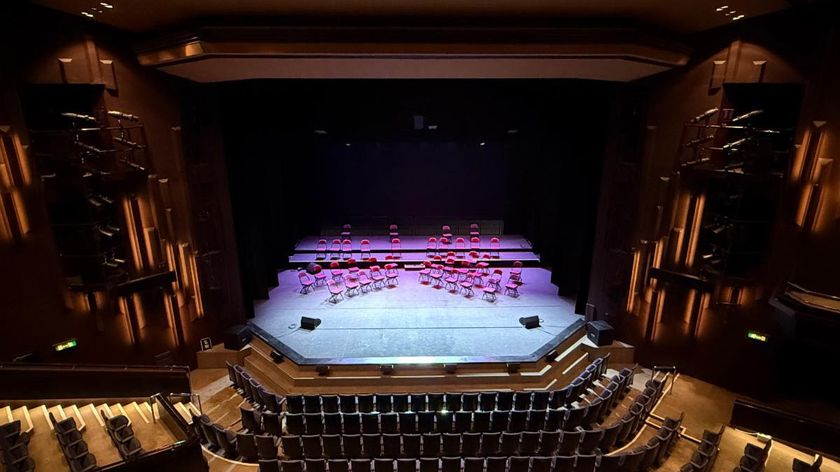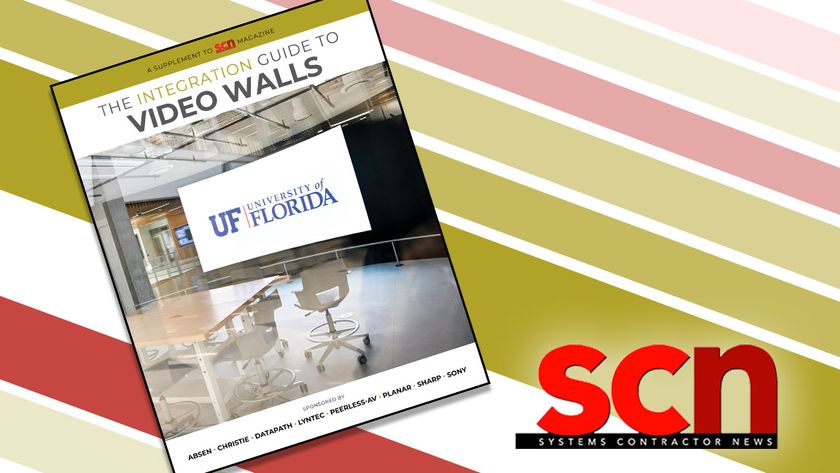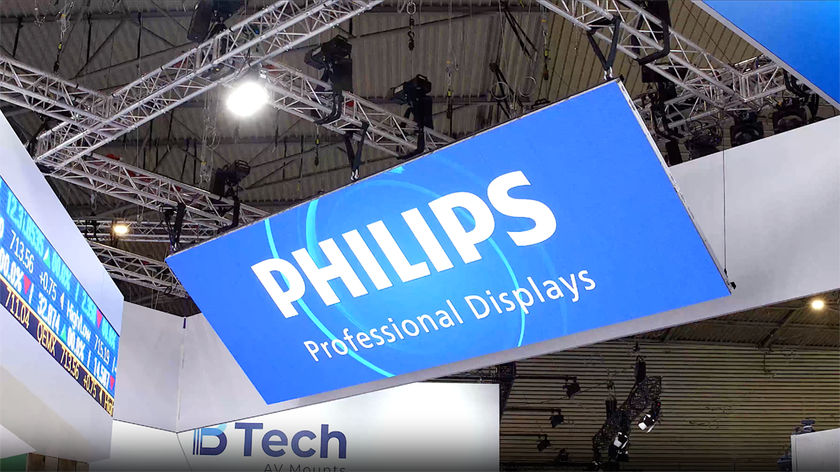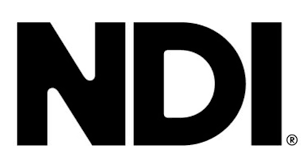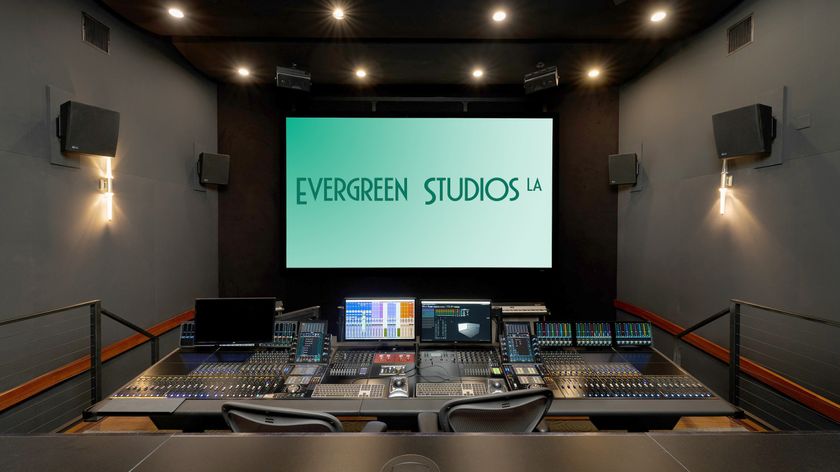Artificial intelligence (AI) is the most significant technological advancement in my lifetime, and we're only just pulling up to the launch pad of understanding the far-reaching impact it will have on every aspect of life. One could argue that the Wide World Web, CRISPR, and other revolutionary innovations are more important, but the foundations of these will reach new and unimaginable heights with AI.
During my interview with Shure's CEO, Chris Schyvinck, she said, "The whole terminology burst onto the scene when ChatGPT entered the mainstream thought process." The AV/IT industry and Shure have been using artificial intelligence for a few years to enhance algorithms. "If you look at something like our IntelliMix Room, it can discern the voice that you want to pick up and transmit to the other location versus somebody typing on a keyboard or making a rustling sound; that's artificial intelligence." Machine learning is used to train the algorithm. "We use machine learning then to bring those noises back into the lab and sort of train that algorithm as to what's the good sound, what's the bad sound. We've been doing that for three years now," she said. "Now AI is in everybody's consciousness, and I think that's good because there's a lot of conversations that have to be had around the right way to use it, and where people are doing some more nefarious things, and that has to be managed and figured out and taken care of," Schyvinck added.
NVIDIA is known for its GPUs for gaming, and recently, the AV/IT industry quickly embraced NVIDIA's AI chips and platform to transform its products and solutions to a whole new level.
After his keynote on AI, I caught up with Joe Pham, chairman and CEO of QSC | Q-SYS. "We've been using NVIDIA GPUs in our Seervision, and there's more in the pipeline," Pham said. "We are always evaluating NVIDIA, Intel, and all the semiconductor companies because you need to find the right fit."
A popular assumption was that AI is best executed at the edge. "My perspective is changing. I've always thought that if you want real-time audio and video processing, you need it at the edge and use the cloud for all the data analytics." The assumption that Pham has held for more than a decade has been shaken. "The bandwidth that's happening between the cloud and the edge is so fast now. I think it's not so much the technological limitation of what should be in the cloud; I think it may turn into more of an economic consideration.
Check out Cindy Davis' comments on AI and Partnerships from the InfoComm show floor.
Stronger Together
For several years, we've seen NETGEAR branding displayed in many booths at the AV/IT industry shows, but in the past couple of years, and more so this year at InfoComm, the number of partner branding has increased exponentially.
Crestron already has an outstanding 1 Beyond video conferencing camera lineup, so I was surprised to see a Logitech video bar at the booth. Crestron does not have a solution in that price range but is ensuring its customers that the two are interoperable.
Partnerships could be seen at many booths. "Ultimately, we're the microphone guys," said Charlie Jones, Global Alliance & Partnership manager at Sennheiser. "We shouldn't be telling you what brand of DSP, loudspeaker, or whatever. You're the consultant, you're the customer, you're the designer; we want to support that and allow your vision to come to fruition." This has been a fundamental change across the industry.
"Rather than us trying to spend a lot of resources, maybe we can do a little R&D together, and then we can make something really exciting." Sennheiser's partner network includes Airtame, Audac, AVer, Crestron, Lightware, Lumens, Q-SYS, and Xilica.
